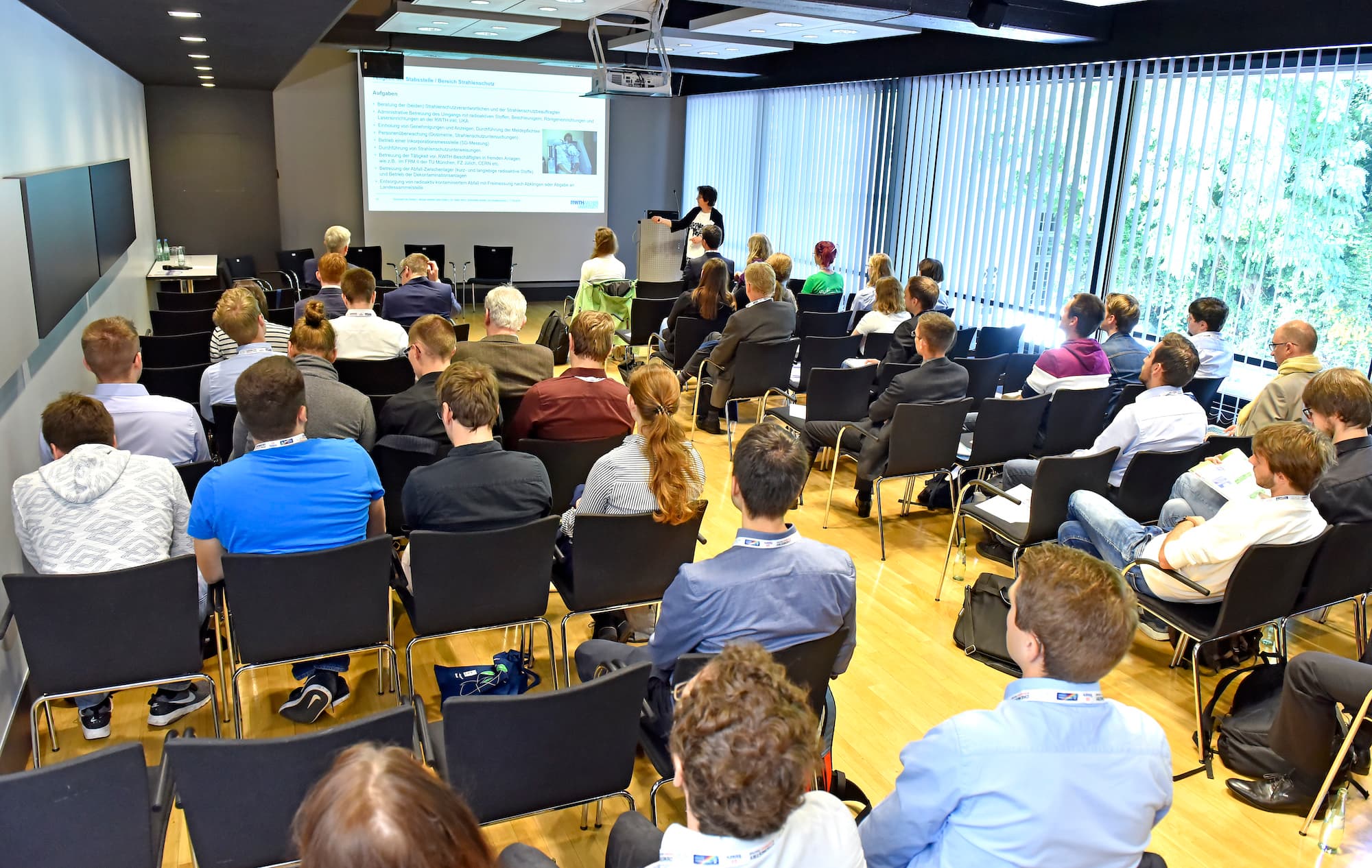The precision and power of optical imaging have been massive drivers of modern biology; so too have drugs that selectively modulate protein function. We work between these two fields, developing photocontrolled biological modulators to optically write functions, as well as imaging probes to optically read out structure and activity. This talk mostly covers photocontrolled protein modulators or "photopharmaceuticals," for which spatiotemporally precise applications of light can pattern their bioactivity to spatially target particular cells or subcellular areas, and temporally switch activity on and off as needed. Our target-oriented program has focused on developing
(a) tubulin photoreagents to optically modulate cytoskeleton structure and dynamics;
(b) photoswitchable channel & receptor modulators to study sensing and signaling;
(c) photoresponsive lipid bilayer reagents for biophysics studies.
However, on a conceptual level, although hundreds of photopharmaceutical scaffolds have been published in the last 25 years, only one photoswitchable drug type seems to have truly "made the jump" from chemistry to advanced in vivo applications (quaternary ammonium-bearing azobenzene channel blockers [1]). We think this calls for a critical re-assessment of the hype and assumptions this field has been based on.
Therefore we also run a concept-oriented program focusing on how photocontrol paradigms limit the scope and performance of photopharmacology on any target: from pharmacology (how a photoswitch ought to even interact with its biological target), to photochemistry (new ways to photocontrol old molecular switches), down to primary chemistry (new molecular switches). This talk will also present recent work in: (d) ideal efficacy switch designs, that can avoid concentration-dependent effects in vivo, so allowing biodistribution-independent chromocontrol over biological actors which we see as the main key to unlock in vivo translation; [3] and (e) singlet photochemistries for 1-photon 650-900 nm isomerisations (NIR biotransparency window), to operate these switches truly non-invasively in vivo. [4-5]
Together, these can empower photopharmacology over the next decade to become as effective and practical in vivo, as it has been for the last 25 years in 2D cell culture.
[1] Trauner, Chem Rev 2018,
doi.org/gfqqk4.
[2] Sketchplanations.
[3] Ideal Efficacy Photoswitches. Thorn-Seshold; BioRxiv 2024,
doi.org/m75j.
[4] >700 nm Photoredox Switches; Thorn-Seshold; ChemRxiv 2023,
doi.org/ks9v.
[5] >800 nm NIR Switches; Thorn-Seshold; ChemRxiv 2023,
doi.org/mtnw.
